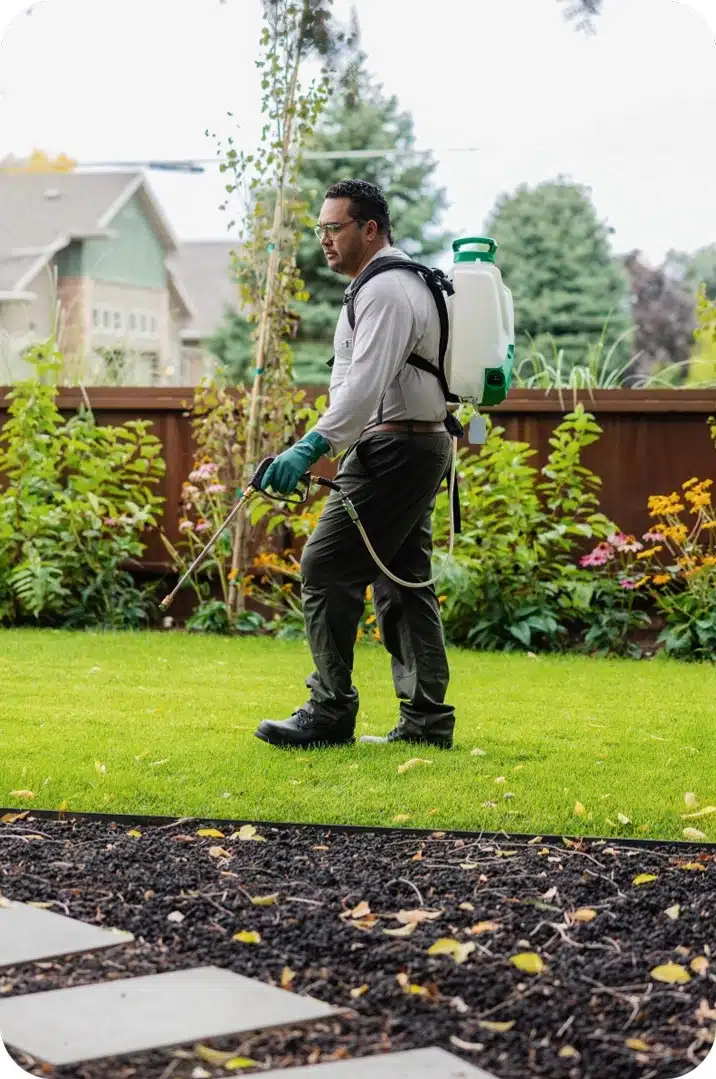Experienced A1 Exterminators Charlotte NC - Fast and Dependable Solutions
Wiki Article
Bed Bug Treatment Malfunction: Comparing Chemical Vs. Non-Chemical Solutions
In the realm of parasite control, particularly when handling the relentless concern of bed bugs, the choice between chemical and non-chemical therapy services can be a pivotal one. Both methods supply distinct advantages and disadvantages, affecting variables such as effectiveness, safety and security considerations, and overall expense. By analyzing the nuanced details of each technique, a clearer understanding of which course to seek in attending to a bed pest infestation can be achieved.Effectiveness of Chemical Therapies
Chemical therapies for bed pest invasions have been commonly acknowledged for their potent and fast efficacy in getting rid of these insects. When considering the efficiency of chemical treatments, it is vital to comprehend that they can give a fast and comprehensive option to a bed bug trouble. Professional pest control experts often depend on insecticides to target bed bugs at various phases of their life cycle, consisting of eggs, nymphs, and adults. These chemicals usually work by interfering with the bed bugs' nervous system, causing paralysis and eventual death.In addition, chemical treatments have the benefit of providing residual impacts, implying that they can continue to eliminate bed bugs even after the initial application. This residual activity is especially helpful in combating any kind of possible re-infestations. Additionally, the rapid activity of chemical treatments can bring alleviation to individuals facing severe bed pest infestations, permitting them to restore control of their living rooms swiftly.
Safety And Security Issues With Chemical Solutions
One vital facet that requires cautious factor to consider when making use of chemical solutions for bed bug treatment is guaranteeing the safety and security of residents and the setting. Exposure to specific chemicals used in bed bug treatments can lead to respiratory concerns, skin irritability, or other adverse reactions, especially in people with pre-existing problems or level of sensitivities.Furthermore, the ecological effect of chemical remedies is one more considerable consideration. Some chemicals used in bed bug therapies may be damaging to useful pests, wildlife, and ecosystems if they seep into the dirt or water supply. It is vital to make use of chemical therapies sensibly, complying with safety and security standards, and taking into consideration much less poisonous options to minimize these risks and make sure the efficient and risk-free monitoring of bed insect infestations.
Benefits of Non-Chemical Methods
Taking into consideration the possible security worries and ecological influence associated with chemical services for bed bug treatment, exploring non-chemical techniques offers a promising choice with numerous unique discover this info here benefits. Non-chemical treatments are environmentally friendly, as they do not add to air or water air pollution, making them a sustainable selection for insect control.Furthermore, non-chemical services can be efficient in targeting bed pests, consisting of hard-to-reach locations where chemical treatments may not pass through - A1 charlotte bed bug exterminator. Techniques such as warm therapy, vacuuming, vapor cleaning, and mattress encasements offer thorough obliteration without the use of damaging chemicals.
Limitations of Non-Chemical Treatments

Additionally, non-chemical therapies typically call for several applications to accomplish successful eradication. This can be time-consuming and may not always guarantee full elimination of all bed pests and their eggs, particularly in hard-to-reach or hidden places.
Moreover, the success of non-chemical treatments heavily depends on proper execution and thoroughness, which can be testing for individuals without professional competence. Insufficient application of non-chemical approaches might lead to insufficient removal, causing consistent problems and the requirement for added therapies.
Consequently, while non-chemical treatments have their advantages, it is important to acknowledge these constraints and consider them when establishing one of the most effective method for handling bed insect invasions.
Expense Comparison: Chemical Vs. Non-Chemical Options
Provided the constraints connected with non-chemical therapies, a vital facet to evaluate in the context of bed bug monitoring is the price contrast in between chemical and non-chemical options. In comparison, non-chemical treatments like warm treatment or steam can be a lot more expensive, with costs ranging from $1,000 to $6,000 for an entire home. While the initial expense of chemical treatments may seem lower, numerous therapies might be called for to completely eradicate the problem, possibly increasing the total cost.Conclusion

Thinking about the possible safety and security issues and environmental effect connected with chemical services for bed pest treatment, discovering non-chemical approaches provides an appealing my sources choice with a number of unique advantages.Offered the limitations linked with non-chemical therapies, an important aspect to examine in the context of bed insect monitoring is the price comparison in between chemical and non-chemical choices. In contrast, non-chemical therapies like heat treatment or vapor can be extra expensive, with prices ranging from $1,000 to $6,000 for an entire home. While the preliminary expense of chemical therapies may appear lower, multiple treatments may be required to totally remove the problem, possibly enhancing the overall cost.In verdict, when contrasting chemical and non-chemical bed pest therapy alternatives, it is crucial to think about efficiency, safety and security, advantages, restrictions, and price.
Report this wiki page